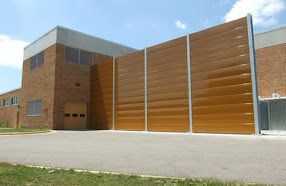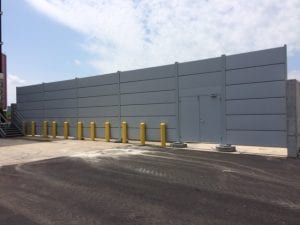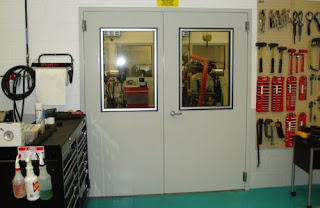Soundproofing materials required for an outdoor generator enclosure
Making your own soundproof generator enclosure can be a satisfying and fun activity. Most of the materials can be found conveniently at your local hardware store. Here is a list of the materials that can be utilized and some facts about them.
Mass Loaded Vinyl
• Excellent Noise reducer
• Frequently used beyond a good soundproof shed
• Is durable and robust
• Can be layered
• Can be painted for a more decorative work
• When applied, gaps should be calked or a metal tape utilized for efficiency.
Medium Density Fiberboard (MDF)
• Utilized for walls for mechanical isolation
• Preferred over plywood as it passes less sound
• Some are moisture resistant
• Some are fire resistant
• Flexible and can be curved or shaped
Closed cell foam matting
• Excellent for inner insulation
• An efficient sound deadening material by absorbing and blocking noise
• Water resistant unlike open cell foam
• Known to be mold resistant
• Generally fire retardant
• Light in weight
• More durable and stronger than the open cell foam.
• Denser and is more expensive than the open cells
• Some costly models are a peel and stick design
Fiberglass Insulation
• Cheap, in respect to closed cell mats
• Moisture resistant
• Not combustible and inflammable
• Does not depreciate easily
• Efficiently controls sound and temperature
• Should be tightly packed for the best sound barrier
• Irritating to the skin
Acoustical tile or foam
• Comes in the form of fire resistant noise cancelling curtains
• Efficiently absorbs sound
• Some of these products also absorb water
Soundproof paint
• Blocks the moisture
• Lessens noise and vibrations
• Needs multiple coatings to be efficient
• Flame retardant
• Perhaps difficult to get




Comments
Post a Comment